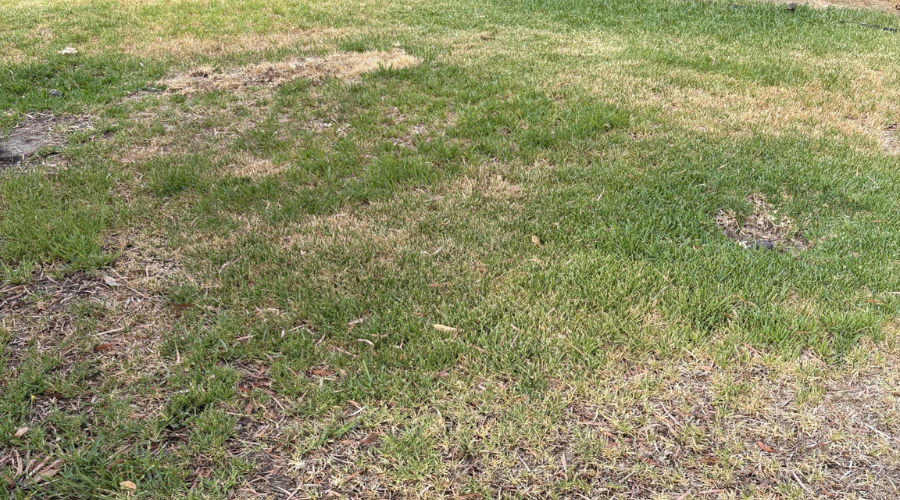
How to Revive Your Lawn After the Summer Heat
After months of Perth's scorching sun and dry conditions, your lawn might have seen better days. Brown patches, compacted soil, and thinning grass are common signs of end of summer stress. But don’t worry, your lawn can bounce back with a little help from Clarence. Here’s my top tips on bringing your lawn back to life!
1. Hydrate Deeply
Summer heat often leaves lawns dry and dehydrated. Start by giving it a deep soak to rehydrate the soil. Water in the early morning or late afternoon to minimise evaporation and keep your soil moist during the day. Aim for two deep waterings per week rather than frequent light sprinkles to encourage deeper root growth.
2. Aerate the Soil
Compact soil can stop water and nutrients from reaching the roots. If your lawn feels hard, it’s time to aerate. Use a spiked aerator or garden fork to create small holes in the soil, helping air, water, and fertiliser penetrate more effectively.
3. Feed It Right
After summer, your lawn is hungry! Apply a slow-release fertiliser with balanced nutrients to help strengthen roots and encourage new growth. There are many options available, so be sure to research and choose one that suits your type of lawn. For my buffalo lawn at home, I apply Scotts Lawn Builder - an effective and cost-efficient fertiliser.
4. Topdress & Overseed
For patchy or dry grass, apply a thin layer of compost or quality topsoil to improve the soil structure. Then, overseed with the same grass variety to thicken up the lawn. Keep the area moist until the new grass establishes.
5. Mow Smarter, Not Shorter
As your grass growth slows, gradually raise your mower's height. Taller grass helps shade the soil, retain moisture, and minimises weed competition. Additionally, maintaining a regular mowing schedule, even as growth slows, encourages a strong, healthy lawn and prevents weeds from taking hold.
6. Control Weeds & Pests
With your lawn weakened from summer, weeds and pests can quickly take over. Spot-treat weeds with a herbicide or remove them manually. Make sure to also keep an eye out for common lawn pests like black beetles and armyworms, and treat them early if needed.
7. Mulch the Clippings
If you’re keeping to a regular mowing schedule, instead of bagging up your lawn clippings, leave them on the lawn (as long as they do not contain weeds). They’ll break down and return valuable nutrients to the soil.
8. Adjust Your Watering for Autumn
As temperatures cool, your lawn won’t need as much water. Reduce watering gradually to avoid encouraging shallow roots. If rain is on the way, let nature do the work!
Reviving your lawn after summer isn’t complicated - it just takes a bit of care and patience. With deep watering, proper feeding, and a little maintenance, you’ll have your lawn looking lush and healthy in no time.
Need a hand? Contact us!
Clarence xx
